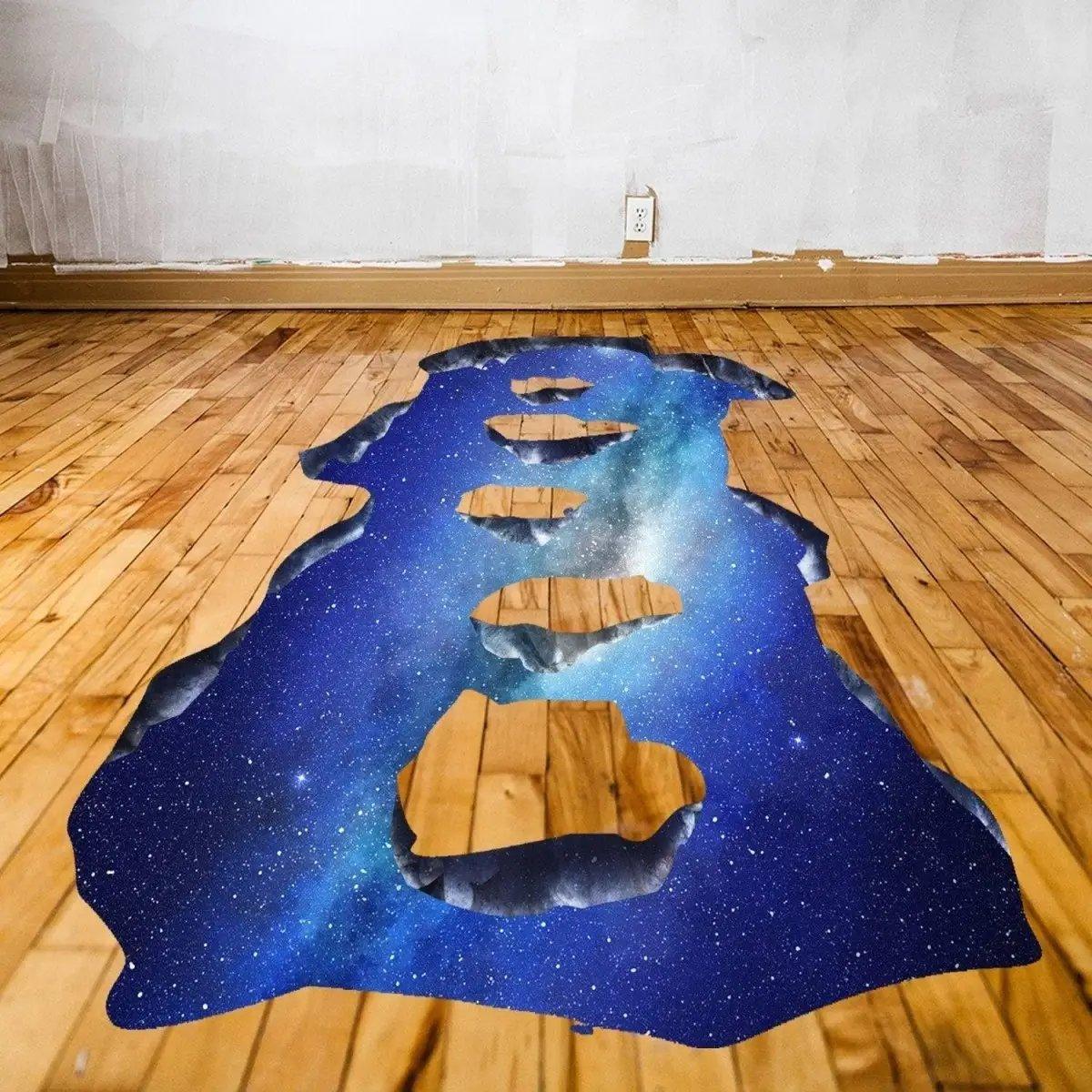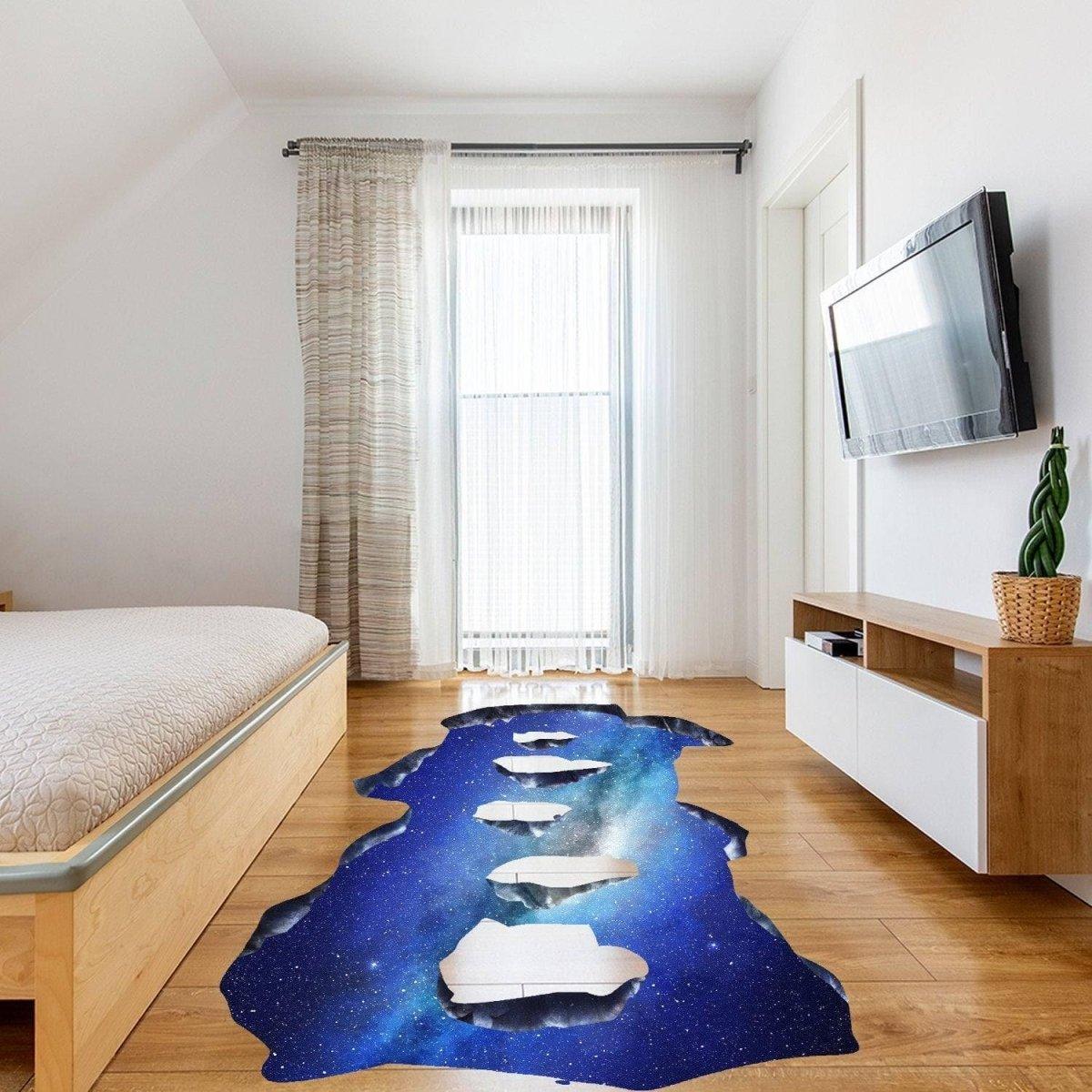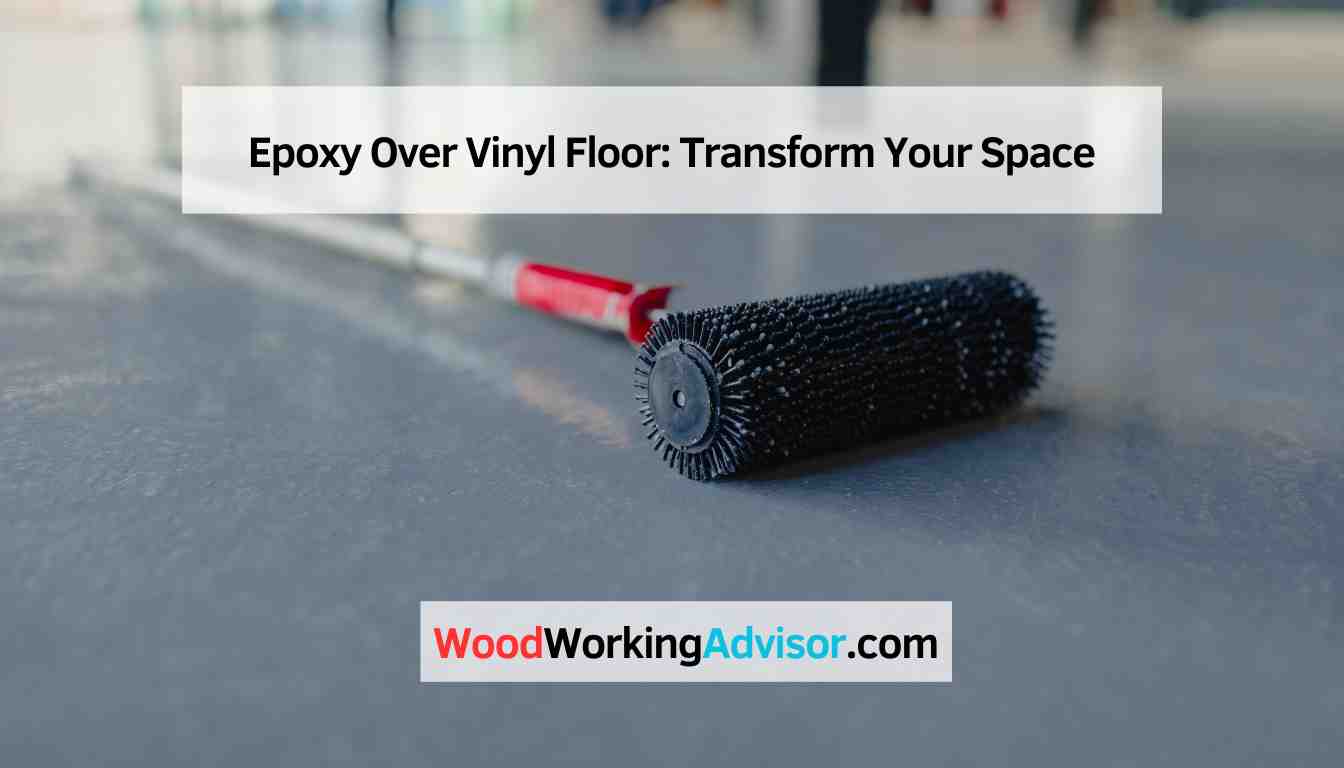Yes, epoxy works fine over vinyl floor as long as there is exposed surface area for the epoxy to adhere to, such as wood. You can apply epoxy over vinyl stickers as well.
Many people consider using epoxy over linoleum and peel and stick tiles, and it is possible as long as the current flooring is securely attached to the substrate. This allows you to give a new look to your existing floors without the need for tearing them up.
However, proper surface preparation is essential to ensure a successful epoxy application. We will explore the process of applying epoxy over vinyl floor and provide you with useful tips and guidelines.

Credit: decords.com
Epoxy Over Vinyl Floor: Transform Your Space
Transform your space with epoxy over vinyl floor. This versatile method allows you to apply epoxy on vinyl stickers or even laminate flooring, creating a stunning and durable finish. Say goodbye to boring floors and hello to a seamless transformation.
Greetings, fellow DIY enthusiasts! Are you looking to transform your space and give your vinyl floor a fresh, modern look? Look no further than epoxy over vinyl floor! This revolutionary technique allows you to upgrade your flooring without the need for expensive and time-consuming replacements. In this article, we will explore the benefits of epoxy over vinyl, the preparation steps, application process, maintenance and longevity, and important considerations. Let’s dive in!
Benefits Of Epoxy Over Vinyl
Epoxy over vinyl floor offers a multitude of advantages that make it the go-to choice for those seeking a budget-friendly and stylish upgrade.
- Enhanced Durability: Epoxy acts as a protective layer, preventing wear and tear on your vinyl floor. It increases its resilience against heavy foot traffic and stains, ensuring it retains its pristine appearance for years to come.
- Seamless Aesthetic: Say goodbye to unsightly seams and gaps in your vinyl floor. Epoxy creates a seamless and smooth surface, giving your space a sleek and contemporary look. With a wide range of color and design options available, you can customize your epoxy-coated vinyl floor to suit your personal style.
- Easy Maintenance: Cleaning your epoxy-coated vinyl floor is a breeze. Its non-porous nature makes it resistant to spills, making wipe-ups quick and effortless. Simply sweep away dust and debris, mop with a mild cleanser, and voila! Your floor will look as good as new.
- Cost-effective Solution: Compared to the expense of ripping out your existing vinyl floor and replacing it, epoxy over vinyl is a cost-effective alternative. You can achieve a high-end, upscale finish without breaking the bank.
Preparation Steps
Proper preparation is crucial for a successful epoxy over vinyl floor project. Follow these steps to ensure a smooth application:
- Clean and Prepare the Vinyl: Thoroughly clean your vinyl floor to remove any dirt, dust, or debris. Use a mild detergent or degreaser, scrubbing the surface gently with a soft-bristle brush or sponge. Rinse off any cleaning residue and allow the floor to dry completely.
- Repair and Patch any Damaged Areas: Inspect the vinyl for any cracks or damages. Use a vinyl repair kit or epoxy filler to fix these issues. Smooth out the repaired areas and allow them to dry fully.
- Sand the Vinyl: Lightly sand the entire vinyl floor to create texture and improve adhesion. Use a fine-grit sandpaper or sanding block, ensuring not to oversand and damage the surface. Once done, remove any sanding dust with a broom or vacuum.
- Apply Primer: Apply a high-quality primer specifically designed for epoxy coatings. Use a roller or brush to ensure even coverage. Allow the primer to dry according to the manufacturer’s instructions.
Application Process
Now that your vinyl floor is prepped, it’s time to apply the epoxy coating:
- Mix the Epoxy: Follow the instructions on your epoxy kit to mix the resin and hardener properly. Be sure to wear appropriate safety gear, such as gloves and goggles, during this process.
- Start at One Corner: Begin applying the epoxy coating from one corner of the room. Use a roller or squeegee to spread the epoxy evenly, working in small sections. Follow the recommended thickness and coverage guidelines provided by the manufacturer.
- Add Designs or Patterns: If desired, you can add designs or patterns to your epoxy-coated vinyl floor. Use various techniques like swirling, marbling, or stenciling to create a unique and eye-catching look.
- Cure and Finish: Allow the epoxy coating to cure according to the manufacturer’s instructions. This typically takes a few days. Once cured, add a clear topcoat to provide additional protection and enhance the floor’s luster.
Maintenance And Longevity
To ensure the longevity and beauty of your newly transformed epoxy-coated vinyl floor, follow these maintenance tips:
- Regular Cleaning: Sweep or vacuum the floor regularly to remove dirt and debris. Use a mop and mild cleanser to clean any spills or stains promptly.
- Avoid Harsh Chemicals: Avoid using harsh chemicals or abrasive cleaners that can damage the epoxy coating. Stick to mild, pH-neutral cleansers for routine maintenance.
- Protective Measures: Place doormats at entryways to prevent tracked-in dirt and grit from scratching the floor. Use furniture pads or coasters to prevent furniture legs from scratching the epoxy surface.
- Periodic Recoating: Depending on the level of foot traffic, consider recoating your epoxy-coated vinyl floor every 3-5 years to maintain its beauty and durability.
Considerations And Faqs
Before embarking on your epoxy over vinyl floor project, keep these important considerations in mind:
| Can I put epoxy over vinyl? | Yes, epoxy works fine over vinyl stickers as long as you have some surface area exposed for the epoxy to grip to, such as wood. |
|---|---|
| Can you apply epoxy over vinyl stickers? | Yes, you can apply epoxy over vinyl stickers. However, ensure that the stickers are securely attached and there are no loose edges. |
| Can you put epoxy resin over laminate flooring? | No, epoxy resin is not recommended for use on laminate flooring. The smooth surface of laminate may not provide sufficient adhesion for the epoxy coating. |
| Can I epoxy over linoleum? | Yes, epoxy can be applied over linoleum without the need to remove the existing floor. However, proper cleaning and surface preparation are essential for optimal adhesion. |
Now that you’re armed with all the information you need, it’s time to embark on your epoxy over vinyl floor journey. Transform your space into a modern haven while enjoying the benefits of durability, seamless aesthetics, and easy maintenance. Happy DIY-ing!
Note: Before starting any DIY project, it’s always recommended to consult with professionals or experts to ensure the best results and avoid any potential issues.

Credit: decords.com
Frequently Asked Questions For Epoxy Over Vinyl Floor
Can I Put Epoxy Over Vinyl?
Yes, epoxy can be applied over vinyl as long as there is exposed area for the epoxy to adhere to, such as wood.
Can You Put Epoxy Resin Over Laminate Flooring?
Yes, you can apply epoxy resin over laminate flooring as long as the surface is properly prepared.
Can I Epoxy Over Linoleum?
Yes, you can epoxy over linoleum as long as the floor is securely attached to the concrete.
Can You Epoxy Over Peel And Stick Tile?
Yes, you can apply epoxy over peel and stick tiles with proper surface preparation and industrial-grade materials.
Conclusion
Applying epoxy over vinyl floors can be a game-changer, providing a durable and attractive finish. With the right preparation and application, you can revamp your space without the need for floor replacement. The process is relatively straightforward, and the result will leave you with a modern, seamless, and easy-to-maintain floor.


